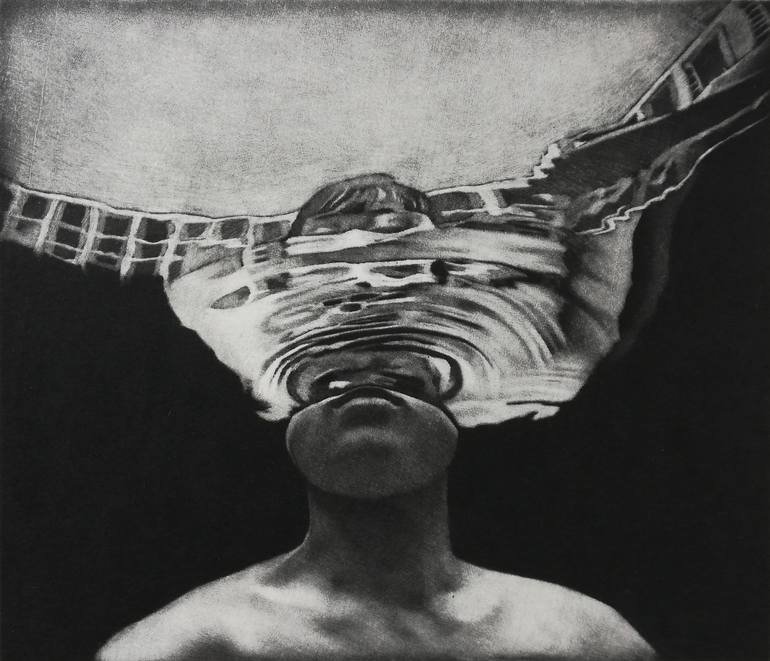
BLANK CANVAS PROJECT

THE BLANK CANVAS PROJECT
The Blank Canvas Project offers homeless individuals a blank canvas to express their stories through art. In the art world, it's often dominated by affluent collectors and galleries selling pieces that many people could create themselves, yet price them exorbitantly. Instead, I aim to provide a platform for those truly in need, allowing them to create meaningful art that also results in financial compensation. If those who are in need, rather than those in comfort, could earn through their creativity, we might move closer to a fairer world. The price of each piece will reflect the artist's unique situation, considering what they need to help get off the streets. Once sold, the artist will receive proceeds from their work. This method can be applied universally, empowering more individuals to benefit directly from their art. If we were to fully embrace the vision of interconnectedness and empathy in the *See Yourself* project, our approach toward understanding those in situations of hardship, such as homelessness, would be rooted in compassion, respect, and a desire to see ourselves in them. This worldview encourages us to recognise the shared humanity in every person, regardless of their circumstances. In this context, asking a homeless person questions would focus on their personal experience, their struggles, and their sense of being seen and valued as part of the larger human story.
In the art world, individual artists often create for personal gain, but this project aims to give a platform to those with deeper stories and needs. It started when I bought a blank canvas but realised I couldn't paint. After encountering many homeless individuals, I felt helpless but wondered if art could change their fortunes.
Instead of valuing superficial art, we can focus on creating genuine, meaningful pieces that resonate with those in need. This project allows individuals to express their struggles through art, offering both personal therapy and a way to address common societal issues.
I envision a collective identity through art—"Lonely," "Geeza," "Cages," "FIFA"—that encompasses various struggles. My goal is to amplify the voices of those suffering, challenging the current art market that often rewards the undeserving.
I aspire to bring attention to how taxpayer money is misused and to demand accountability from the elites, not just through taxes but by amplifying their responsibilities. By learning from those in need, I hope to foster a movement where everyone's voice matters, leading to real change.
We are a frustrated, divided people, but this project seeks to unify us peacefully. When we eventually lead together, we will ensure that everyone receives the recognition and support they deserve through their art. The Blank Canvas Project is about giving hope and a chance to those who need it most.
SEE YOURSELF.

